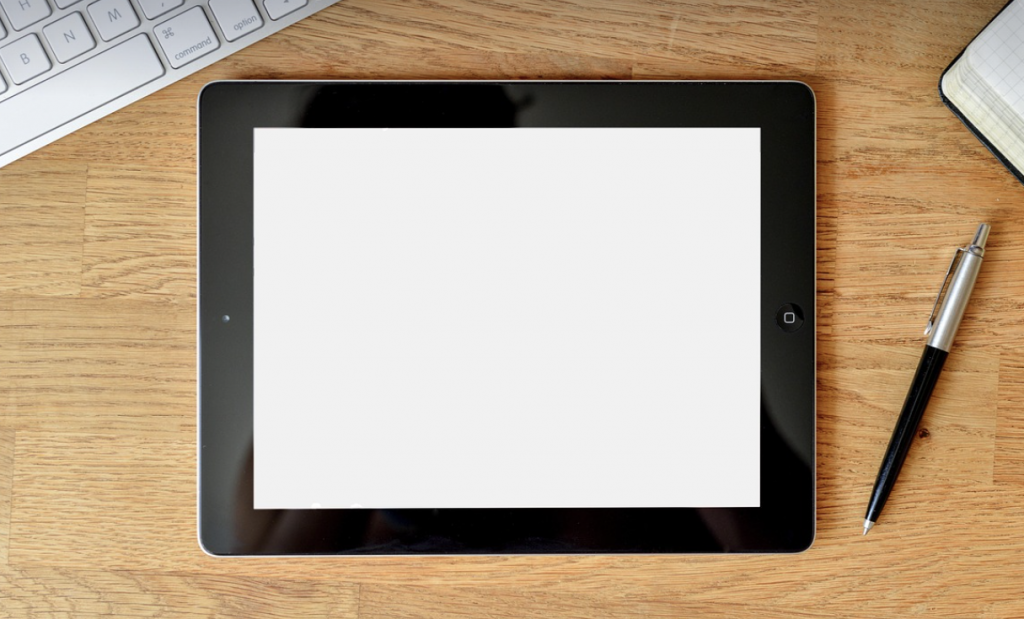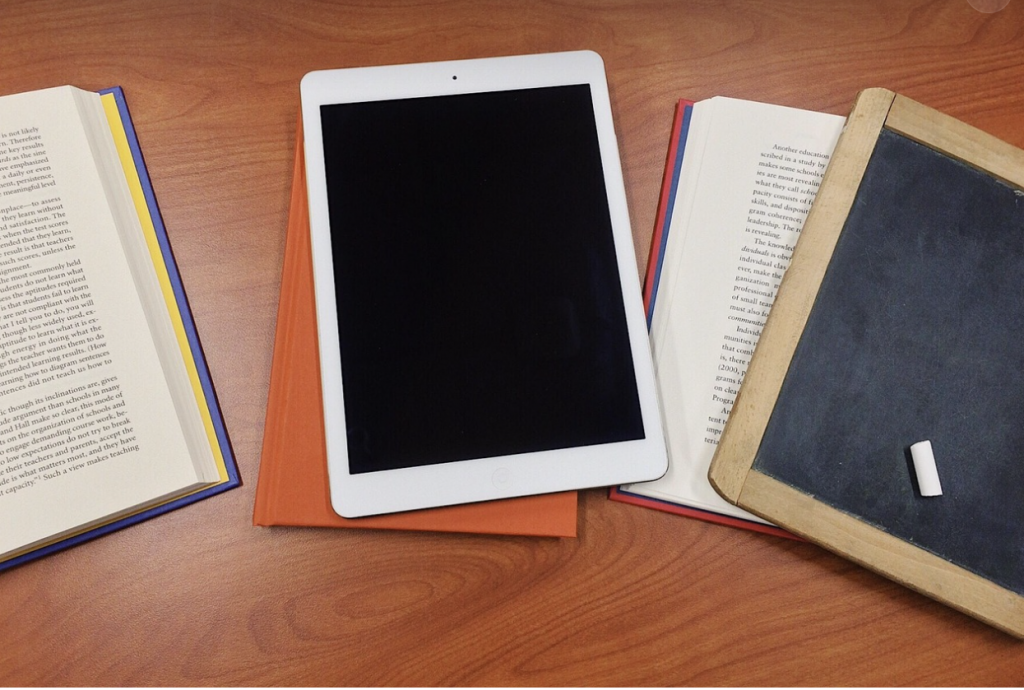To get started, let’s first define what we mean by “cheap” and “expensive” tablets.
What Makes a Tablet “Cheap”?
Cheap tablets generally fall in the lower price range, often below $200. These devices are typically entry-level options designed for basic tasks like browsing, watching videos, and using simple apps. They usually come with lower-quality materials, fewer features, and less powerful performance.
What Makes a Tablet “Expensive”?
Expensive tablets, on the other hand, can cost anywhere from $500 to over $1,000. These devices come packed with higher-end features, top-tier build quality, more powerful processors, and higher-resolution displays. Expensive tablets often include premium software support, additional accessories, and a sleek design that appeals to professionals, creatives, and tech enthusiasts.
Key Differences Between Cheap and Expensive Tablets
Understanding the differences between cheap and expensive tablets helps to make an informed decision.
Build Quality
Cheap tablets often feel lightweight and made of plastic, which can be prone to scratches or damage. The build quality of expensive tablets is usually much sturdier, often featuring premium materials like aluminum or glass. This contributes to a more solid, durable feel.
Performance
One of the most notable differences is the performance. Cheap tablets come with basic processors, lower RAM, and less powerful GPUs, which makes them less suitable for demanding tasks like gaming or multitasking. Expensive tablets, however, have high-performance processors, better RAM configurations, and dedicated graphics chips, making them perfect for gaming, professional work, and media creation.
Display and Resolution
Display quality varies significantly between the two. Cheap tablets typically have low-resolution displays with poor color accuracy, making the viewing experience lackluster. Expensive tablets, however, offer high-resolution displays (like 4K or Retina screens) with vibrant colors and excellent brightness levels, making them ideal for media consumption and content creation.
Battery Life
While both cheap and expensive tablets can last a full day of use, expensive tablets tend to have better battery efficiency due to optimized hardware and software. Cheap tablets may not offer the same battery performance and might need frequent charging during heavy use.
Software and Features
Cheap tablets often run on basic versions of Android, which may not be updated as frequently. This could result in security vulnerabilities or compatibility issues with newer apps. Expensive tablets, on the other hand, usually have access to the latest software updates, premium apps, and often come with additional features like split-screen multitasking, advanced security, and stylus support.
Brand Value and Customer Support
Expensive tablets generally come from well-known brands (such as Apple, Samsung, or Microsoft) that offer extensive customer support, warranty options, and repair services. Cheap tablets may be from lesser-known brands with limited customer service, which can be frustrating if you run into issues.
Why You Might Choose a Cheap Tablet
If you’re on the fence about buying a cheap tablet, here are some reasons why it might be the right choice for you:
Budget Constraints
The most obvious reason to go with a cheap tablet is budget limitations. If you’re not planning to use your tablet for intensive tasks, spending less might make more sense, especially if the tablet will only be used for basic browsing, streaming, or casual gaming.
Basic Functionality
For many people, a tablet doesn’t need to be a powerhouse. If you just need a device to check emails, read e-books, or watch Netflix, then a cheap tablet may suffice. These tablets can be a great option for kids, as a low-cost device may be more suitable for casual use and won’t break the bank.

Why You Might Choose an Expensive Tablet
Expensive tablets offer more than just a hefty price tag—they provide high-end features that may be essential for your needs.
Longevity and Durability
Expensive tablets are built to last longer. The better materials, superior build quality, and more powerful internals mean that these devices typically stand the test of time. You may end up saving money in the long run by choosing a tablet that doesn’t need frequent replacements.
Advanced Features
For those who need extra capabilities, an expensive tablet often comes with features like high-quality cameras, stylus support, and enhanced multitasking options. These are perfect for creative professionals, artists, or those who need a tablet for work-related tasks.

Is the Price Difference Really Worth It?
So, after weighing all the differences, is the price difference between cheap and expensive tablets truly justified?
Value for Money
While cheap tablets can handle basic tasks, if you plan to use your tablet for more than just casual browsing, the extra money spent on an expensive tablet is usually justified. You’re not just paying for the device itself, but for the longevity, performance, and premium features that make your experience smoother and more enjoyable.
Cost vs. Benefit
In terms of cost vs. benefit, expensive tablets often provide more than just a better user experience—they offer added functionality that can increase productivity or creativity. If you’re a student, professional, or creative individual, the benefits might outweigh the initial cost.

Conclusion
In the end, the decision between a cheap and expensive tablet boils down to your specific needs and budget. Cheap tablets are perfect for casual use and light tasks, while expensive tablets cater to those who need high performance, better features, and longer durability. The price difference is often worth it if you require a reliable and powerful device, but for basic use, a cheaper tablet will do just fine.
FAQs
- Are cheap tablets good for kids? Yes, cheap tablets are a great option for kids, especially if you’re concerned about damage or breakage. They’re affordable and can handle basic games and learning apps.
- Can I use a cheap tablet for work? If your work involves basic tasks like checking emails or using office apps, a cheap tablet will work. However, for multitasking or advanced tasks, an expensive tablet is recommended.
- What’s the difference in performance between cheap and expensive tablets? Expensive tablets are significantly more powerful, with faster processors, more RAM, and better overall performance, making them suitable for heavy tasks like gaming, content creation, and professional work.
- Do expensive tablets last longer? Yes, expensive tablets tend to be built with better materials and have more advanced hardware, which generally leads to longer lifespans.
- Is it worth buying a tablet for watching movies? If your primary use is streaming movies or shows, a cheap tablet might suffice. However, for a better viewing experience with a high-resolution display and longer battery life, an expensive tablet would be a better choice.





